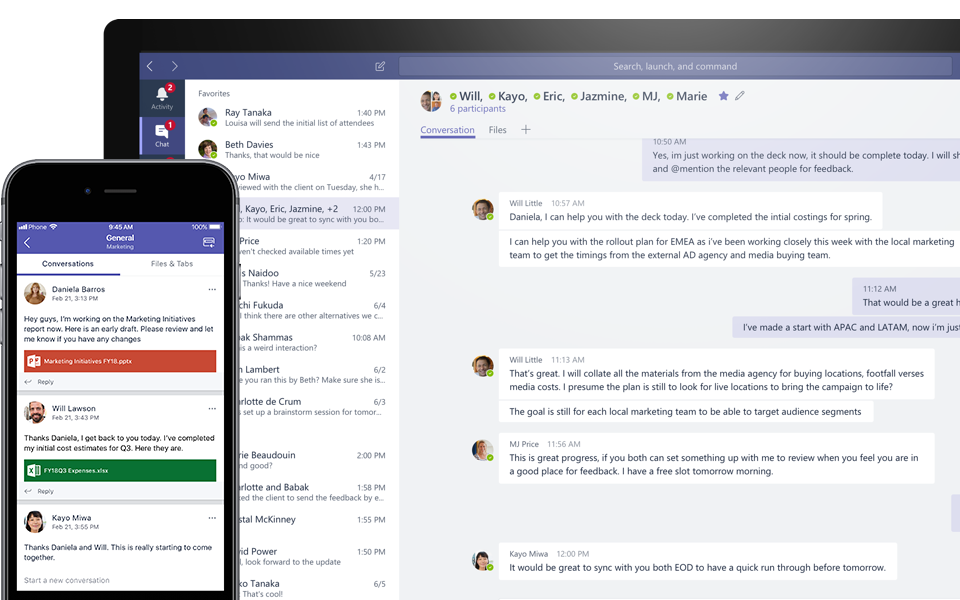When looking at teachers using Technology in lessons, one of the key indicators in relation to their successful use of technology is confidence. Those who, in my experience, have had the most success have been confident about how they plan to use technology and the impact it will have. That is not to say that it always goes well or as they would have expected, but they are confident in outlook, and when things don’t go as intended, they confidently deal with this as a road bump rather than an obstacle, before moving on.
The challenge therefore is how do we build this confidence, with “training” being key. Training in relation to the technology itself and how it works, and training in relation to how to use it for the purposes of teaching and learning.

One of the limitations though in relation to training, to sharing and building confidence, is time. Time to train has historically been limited to specific inset days where the schedule is often prescriptive. To counter this limitation, we have increasingly been referring to continual professional development (CPD) or continual professional learning (CPL); I prefer the later as the former suggests something is lacking and in need of development. The emphasis here, in both versions, being on the “continual” nature of the learning and sharing. It isnt a once a year or once a term, but something ongoing, continual and day to day. It should be part of the culture of our schools.
The challenge with CPL (or is CPLS better, where the S refers to sharing? Education has more acronyms than a series of Line of Duty!) is supporting it to occur and I think the last year of lockdown has given us a bit of a window into what we need to be doing.
The last year has seen massive amounts of fast paced change as teachers across the world have had to shift from face to face classroom learning, the type that every teacher would have been used to post their training, to online teaching and learning. What I have seen as a result of this forced change is a need to find support and help. This need has been met through online platforms, EdTech tools and social media, including solutions such as Microsoft’s Educator Centre, through groups of proficient users such as Microsoft Innovative Educator Experts, Google Certified Educators and Apple Innovative Teachers, and also through more local groups including groups of schools which have come together to support each other. I have also seen support groups form in individual schools using platforms such as Microsoft Teams to allow staff within school to share their successes and issues, and for other staff to learn from and support each other as and when required. This is something I feel has worked well in my own school.
The last year has seen various support groups pop up plus I suspect will have seen greater engagement in such groups as teachers everywhere sought to adapt to the forced change brought about by the pandemic. Teachers have been sharing their issues, sharing their techniques, sharing what worked and what didn’t, supporting each other to get through the challenges the pandemic has brought. For me the key going forward is for these groups to continue to support teachers, providing a place to share techniques, ideas and thoughts, and for teachers continue to engage. These groups also need to exist at different levels from the large corporate sponsored groups offered by Microsoft and Google, through to the support groups operating inside our schools, made up of our colleagues helping one another.
One of my favourite phrases continues to be “the smartest person in the room, is the room”. I think this is key to “training” or CPL. The days of the expert trainer and one-off training session are gone and especially in relation to EdTech where technologies change, disappear or are introduced on a daily basis. As such it is critical we embrace a more open, just in time model, sharing not just what works but openly discussing what hasn’t worked, so that we can all benefit. This needs to be available throughout the year for teachers to engage as and when it is appropriate for them, to dip in and out as needed.
I do wonder that maybe one of the challenges we currently have is that the sharing of ideas, resources, etc is spread across different platforms. I have seen resources on specific websites belonging to companies or groups, on social media using twitter, on YouTube, on MS Teams, etc. As such it can be difficult or time consuming to find things, plus it means that on each particular platform you are only able to access a subset of the teaching expertise available rather than all of it. I suspect this fractured nature of sharing and the associated resources is unlikely to change as people tend to their preferred platform or the platform used within their school, however I suspect as we move forward there will be a greater curation of the available resources.
Building confidence is key to the successful use of EdTech in schools. We therefore need to consider how we support and enable confident to be built. Also worth noting, the above refers to confidence of staff however it is equally important that we build confidence in our students, however I will leave that for another post.


 A German state have announced that they are banning the use of Office 365 in their schools citing GDPR reasons (read article
A German state have announced that they are banning the use of Office 365 in their schools citing GDPR reasons (read article  I have been playing more and more with Microsoft Teams for use in school over the last 6 months of so. My focus to date has very much been on the teacher and department side of things as opposed to the pupil and classroom side of things however there are already a number of key benefits.
I have been playing more and more with Microsoft Teams for use in school over the last 6 months of so. My focus to date has very much been on the teacher and department side of things as opposed to the pupil and classroom side of things however there are already a number of key benefits.
